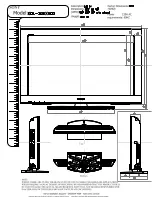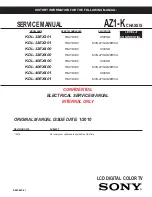
Manual VIPA HMI
Chapter 3 Installation Guidelines
HB160E - TP - RE_606-1BC40 - Rev. 08/13
3-3
The following table shows the four different coupling mechanisms, their
causes and possible interference sources.
Coupling mechanism
Cause
Typical source
Galvanic coupling
Automation
System
Disruptor
galvanic
coupling line
Galvanic or metallic coupling
always occurs when two
current circuits have a
common line.
•
Pulsed devices
(Net influence from
transducers and foreign net
devices)
•
Starting motors
•
Different potential of
component cubicles with
common current supply
•
Static discharges
Capacitate coupling
Automation
System
Disruptor
capacitive
coupling line
Capacitate or electric coupling
occurs between conductors
with different potential.
The coupling is proportionate
to the time wise change of the
voltage.
•
Interference through parallel
signal lines
•
Static discharge of the
personnel
•
Contactors
Inductive coupling
Automation
System
Disruptor
inductive
coupling
line
wanted signal
Inductive or magnetic coupling
occurs between two current
active line loops.
The magnetic flows associated
with the currents induct
interference voltages.
The coupling is proportional to
the time related change of the
current.
•
Transducers, motors,
electric welding devices
•
Parallel net cables
•
Cables with toggled currents
•
Signal cable with high
frequency
•
Unused coils
Radiate power coupling
Automation
System
Disruptor
radiated
coupling
line
One talks of radiate power
coupling, when an electro-
magnetic wave meets a line
circuit.
The hit of the wave inducts
currents and voltages.
•
Sender in the neighborhood
(e.g. walkie-talkie)
•
Sparking lines
(sparking plugs, collector of
electric motors, welding
devices)
Coupling
mechanisms and
interference
sources












































